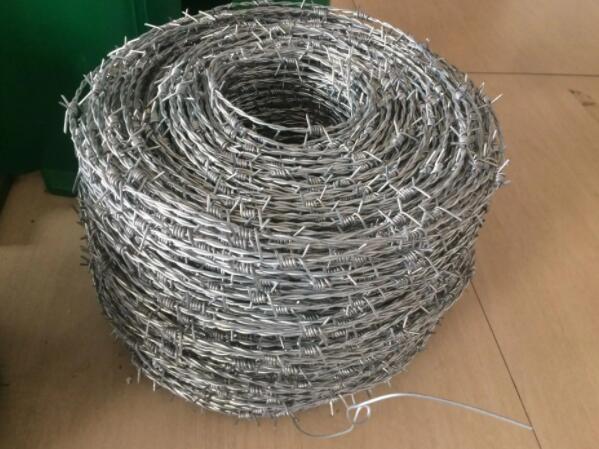Understanding Perforated Metal Sheet Specifications
Perforated metal sheets are essential components in various industries, offering a blend of functionality, durability, and aesthetic appeal. Understanding their specifications is crucial for selecting the right material for your specific application. This article will delve into the key specifications of perforated metal sheets, focusing on their design, material choices, and applications.
What is Perforated Metal?
Perforated metal refers to sheets of material that have been mechanically punched to create a pattern of holes, slots, or other shapes. These sheets can be made from a variety of metals, including aluminum, stainless steel, mild steel, and copper, among others. The punching process can create holes of different sizes and shapes, which gives designers flexibility in their applications.
Hole Size and Pattern
One of the most critical specifications to consider in perforated metal sheets is the size and pattern of the holes. The hole size can range from tiny holes measuring fractions of a millimeter to larger openings that can measure several inches. The distance between holes, also referred to as the center-to-center spacing, is another important factor. The pattern can be uniform or custom-designed based on the specific needs of the project.
Common hole patterns include round, square, rectangular, and oval shapes. The choice of pattern will impact both the aesthetics and functionality of the end product. For instance, a circular hole pattern may be better for applications requiring high airflow, while a square pattern may provide more strength and support.
Material Thickness
The thickness of the metal sheet is another critical specification. Perforated metal sheets are available in various thicknesses, typically from 0.5 mm to several millimeters, depending on the application requirements. Thicker sheets are generally more robust and suited for applications that require structural integrity, while thinner sheets may be enough for decorative purposes or lightweight applications.
Open Area Ratio
perforated metal sheet specification

The open area ratio is defined as the percentage of the sheet that is occupied by holes relative to the total surface area. This ratio is vital for applications where airflow, light, or liquid through the sheets is required. A higher open area means better airflow but can compromise the sheet’s strength. Understanding the open area ratio will help designers achieve the right balance between ventilation and structural support.
Load-Bearing Capacity
When choosing perforated metal sheets for structural applications, load-bearing capacity is a crucial specification. The load-bearing capacity depends on various factors, including the thickness of the sheet, the hole size, and the pattern. Generally, a sheet with a higher thickness and a reduced open area will display a lower deflection under load. This information is particularly important in industries like construction, where safety standards must be met.
Corrosion Resistance
Corrosion resistance is a vital consideration, especially in environments where the metal sheet will be exposed to moisture or chemicals. Stainless steel and aluminum are popular choices due to their inherent resistance to rust and corrosion. When selecting perforated metal sheets, it’s essential to consider the operating environment to ensure longevity and durability.
Applications of Perforated Metal Sheets
Perforated metal sheets find use in diverse industries, including construction, mining, aerospace, food processing, and architecture. They are commonly used for
- Facades and Screens For external cladding and shading elements, providing aesthetic appeal while allowing airflow. - Acoustic Panels To control sound in public spaces and offices while maintaining a pleasing design. - Filtration Systems Used in applications where separation of solids from liquids or gases is required. - Walkways and Platforms For safety and visibility in construction and industrial environments.
Conclusion
Understanding the specifications of perforated metal sheets is fundamental for ensuring their effectiveness in various applications. When choosing the right perforated metal sheet, consider factors such as hole size and pattern, material thickness, open area ratio, load-bearing capacity, and corrosion resistance. By paying attention to these details, designers and engineers can select the optimal product tailored to their specific needs, leading to successful project outcomes and satisfied customers.

















